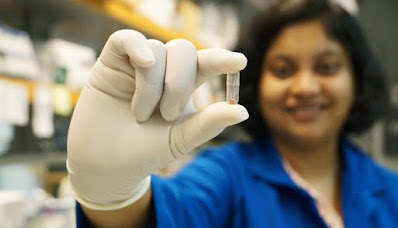PILL COULD DELIVER INSULIN WITHOUT THE PAIN
Scientists are developing an insulin tablet that could quickly offer a pain-free blood glucose management option to individuals with diabetes.
"With diabetes, there is a remarkable need for dental delivery," says Samir Mitragotri, teacher in the chemical design division at the College of California, Santa Barbara, that focuses on targeted medication delivery. "Individuals take insulin several times a day and delivery by needles is a big challenge."
rumus jitu terbaru agen togel online
Greater than 29 million people in the Unified Specifies have undiagnosed or identified diabetes, inning accordance with 2014 estimates from the Centers for Illness Control. Many of these individuals require routine insulin shots.
For those that do not such as needles, the pain shots can position is a huge obstacle to conformity, says Amrita Banerjee, a postdoctoral scientist in Mitragotri's laboratory. "It can lead to mismanagement of therapy and problems that lead to hospitalization."
A tablet could prevent the pain associated with the needle while possibly providing a more effective dosage, scientists say.
"When you deliver insulin by shot, it goes first through the peripheral blood stream and after that to blood circulation in the liver," Mitragotri says. Dental delivery would certainly take a more direct path, and, from a physical viewpoint, a better one.
While dental medications to assist the body produce insulin have been about for some time, a tablet that provides insulin remains an extremely looked for objective of diabetes medication. The main challenge to its development has been obtaining the medication previous the aggressive proteolytic environment of the stomach and intestinal tract without ruining the healthy protein itself.
When it comes to the new tablet, the key is a mix of enteric-coated pills and insulin-loaded mucoadhesive polymer spots that were optimized by Banerjee as component of her research. The new tablet has shown its ability to survive stomach acids with the protection of the enteric-coated pill and deliver its payload to the small intestinal tract.
There, the pill opens to launch the spots that follow the intestinal wall surface, preventing access of proteolytic enzymes to insulin and, with the aid of a permeation enhancer, depositing insulin that can go through to the blood.
"This is the first essential action in showing that these spots can deliver insulin," Mitragotri says, including that the idea still needs to undergo additional stages of testing and improvement before it can be considered as a practical therapy for diabetes.



